The Visual Illusion of the Digital Age: How Photo Editors Rewrite Reality
Today, graphic editors have become weapons of mass influence—capable not just of enhancing photos but of completely rewriting visual reality. From harmless color correction to creating alternate universes, modern image manipulation technologies blur the very line between truth and fiction. In this article, we’ll trace the evolution of photo manipulation, examine iconic cases of deception, and learn how to spot digital trickery.
The History of Retouching: From Aesthetics to Fact Substitution
Retouching and photo editing began as early as the first half of the 19th century — as soon as the “source” for editing (photographs and cameras) appeared. Back then, the process was time-consuming and labor-intensive: masters scraped away backgrounds, painted in new details with ink and dyes, cut out one image and superimposed it onto another, or used airbrushing. Essentially, these were the analog equivalents of modern retouching techniques like layer work, dodging and burning, and exposure adjustments.
At the time, the primary goal of photo editing was to enhance the aesthetic appeal of images. However, even then, people began using editing tools to pass off wishful thinking as reality — for instance, adding a person to a photo or, conversely, removing them from it.
Here is one example of how the art of photographic deception evolved over time. The photo on the left appears to depict General Ulysses S. Grant in front of his troops in Virginia during the U.S. Civil War. In reality, the portrait is a composite of three images: the head is taken from a photograph of Grant himself, the horse and body belong to Major General Alexander M. McCook, and the background shows captured Confederate prisoners.
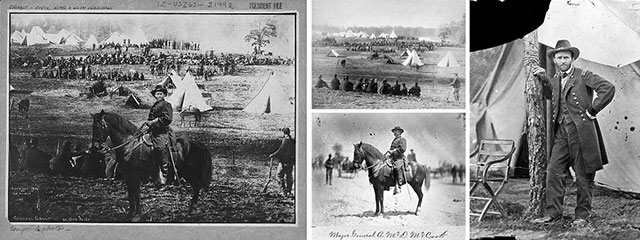
Another historical example of deception using Photoshop: Einstein and the nuclear explosion. It’s fairly easy to tell that this photo is manipulated: the original image of the physicist on a bicycle was taken by Ben Meyer in 1933, while the background photo, showing a bomb test, was taken after Einstein’s death.
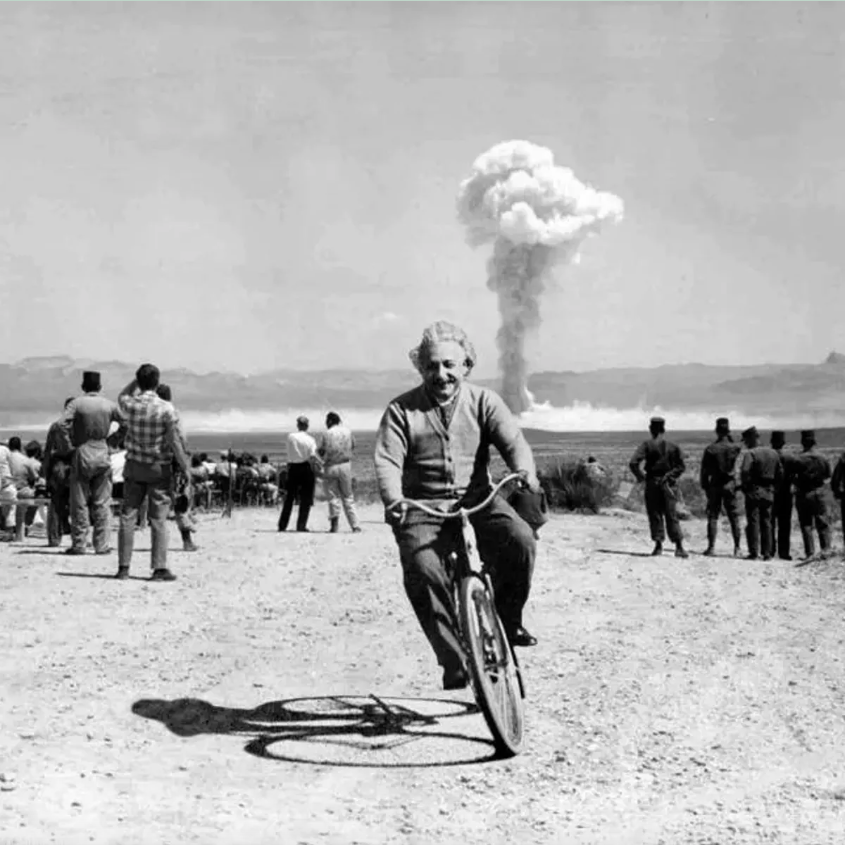
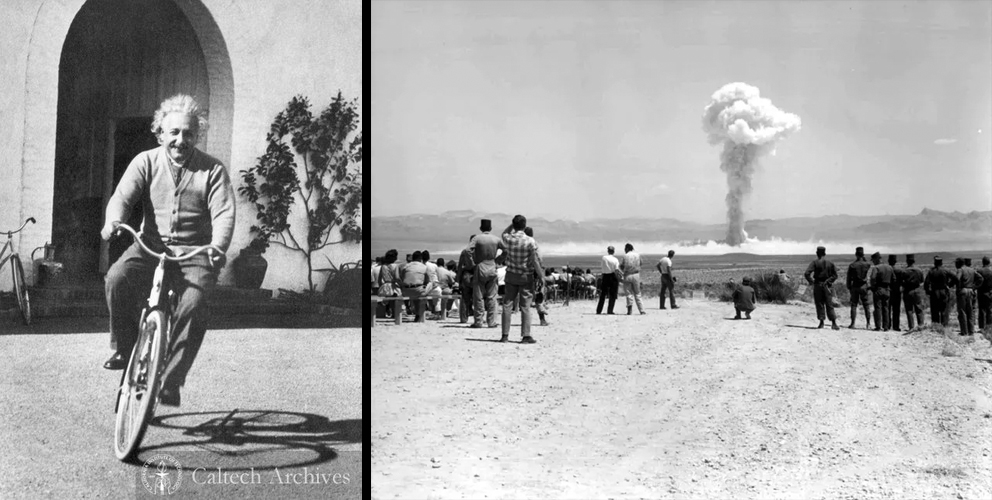
Another example is the famous “photo” of Nikita Khrushchev, First Secretary of the CPSU Central Committee, “banging his shoe on the table” during the 15th UN General Assembly. In reality, both the shoe and the phrase “Kuzka’s mother” are fabrications — the result of distorted facts and false interpretations by witnesses. Later, some participants of that UN session recalled that the Soviet leader did not bang his shoe from the podium but from his seat in the hall, and not to intimidate anyone, but to draw attention and exercise his right to voice his opinion.
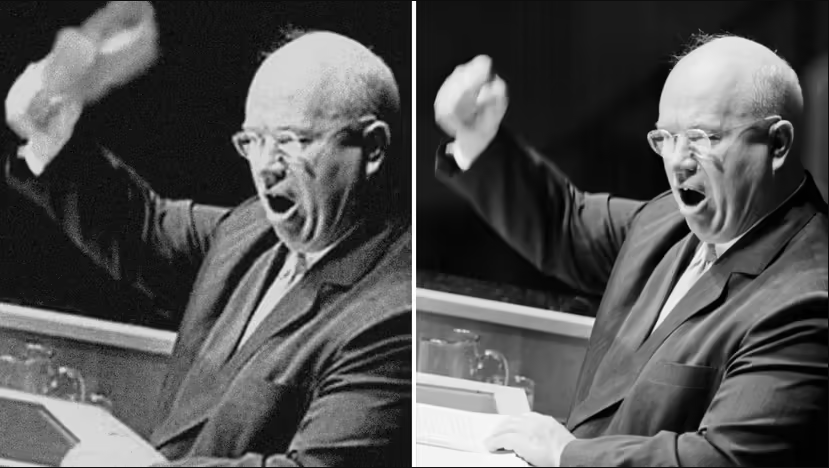
One of the most well-known examples of photo manipulation is the image of Che Guevara allegedly playing guitar alongside John Lennon. However, these two differently famous individuals not only never played as a duo but never even met in person. In the original photo, the Liverpudlian was sitting across from American guitarist Wayne Gabriel of the band Elephant’s Memory, which performed with Lennon a few times in 1972.

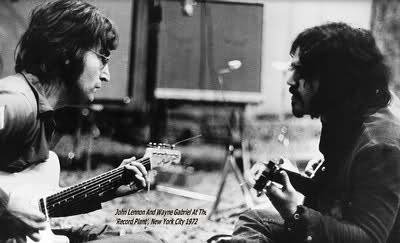
Negative Consequences of Photo Manipulation
In the modern world, Photoshop and other graphic editors are often used not just to make a model’s skin appear perfectly smooth in an advertisement or to enhance the brightness of a landscape. In the era of digital technology, advanced graphic editors, including those powered by artificial intelligence, are accessible to any internet user, and the widespread circulation of fake photos can have serious negative consequences — both for individuals and society as a whole. Let’s examine the key ones.
- Disinformation
One of the most obvious consequences of image manipulation is the spread of disinformation. By altering images, one can create the illusion that certain events are actually occurring, even if they never happened. This can lead to unnecessary panic or unlawful actions by the public. Photo editing tools are sometimes used maliciously — to mislead people or attack an opponent in an information war.
An example of such an attack is the fake news story claiming that the Moscow Metro allegedly released travel passes with a design referencing nuclear war. It was later revealed that the content had been created using graphic editing software. The basis for the fake was a photo of a festive design for the “Ediny” ticket from 2015, featuring symbols of the “Journey to Christmas” festival.


One of the most notorious photo manipulations of the 21st century occurred in 2006. Photographer Adnan Hajj altered a photo of burning Beirut (right) to make the smoke and destruction appear more intense.
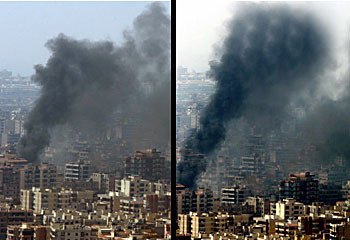
- Reputation Damage
Altering images can negatively impact people’s reputations. For example, photo editing can place individuals in false contexts, potentially creating scandalous news stories and severely damaging public perception of a person.
An example of such a fake is the aftermath of the 2013 Boston Marathon bombings. Fake collages featuring “suspects” — random people from unrelated photos — circulated on social media. One of them, student Sunil Tripathi, became a target of harassment despite having no connection to the attack.

- Undermining Trust
Frequent use of photo manipulation can lead to people doubting the authenticity of information altogether. Insufficient fact-checking by some media outlets may gradually cause society to view even credible sources with skepticism. People become more critical but may also grow less receptive to important information. For example, in 2021, an image of a bridge with a massive crack circulated in Latvia. The background of the bridge had been edited to make it appear as though the photo was taken in Riga. Later, journalists discovered that the original image was from Brazil and had been used in various countries to criticize local authorities. Such fabrications create a false sense of crisis and government incompetence.

- Impact on Mental Health
Unrealistic beauty and lifestyle standards, perpetuated through heavily edited photos shared on social media, can lead to self-esteem issues and obsessive thoughts about appearance and success, particularly among young people.
A 19-year-old UK blogger, Byron Denton, conducted an unusual experiment: for a week, he pretended to be wealthy using Photoshop. According to Byron, only a few followers questioned the authenticity of the photos, and afterward, he began to “doubt the honesty of popular figures on social media.”
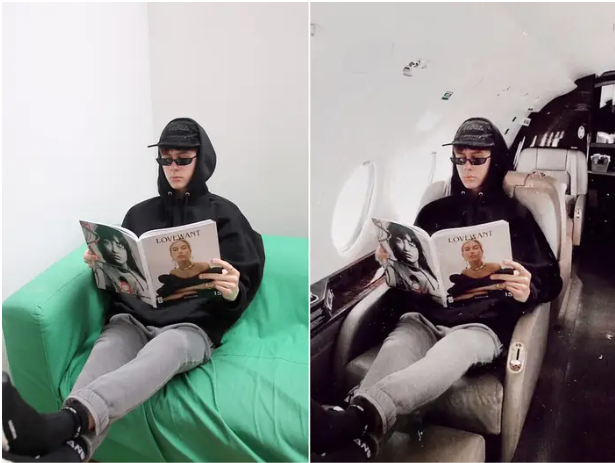
Thus, the negative consequences of photo manipulation highlight the need for critical thinking and media literacy in today’s information landscape. It is essential to recognize that image editing is not merely an artistic expression but a powerful tool capable of significantly influencing public opinion and psychological well-being.
To avoid falling victim to manipulation and fake news, use the following methods to identify signs of photo editing.
Methods for Detecting Photo Manipulation
- Pay attention to details. If you notice pixelation or “rough cropping” in an image, this may indicate that an element from one frame has been superimposed onto another. Creators of fake content often give themselves away through poor quality when rushing to compile material “hastily.”
- Examine the background carefully. If there are straight lines near the altered object — such as walls or doorways — they are often distorted as well.
- Use color correction. In any graphics editor on a computer or phone, adjust the brightness, contrast, and exposure sliders — there’s a good chance you’ll spot inconsistencies that weren’t immediately noticeable.
- An “advanced” method: Check the image metadata. Save the image to your computer, right-click, and go to file properties. There, you may find details such as the camera model, the date the photo was taken, and the date it was edited.
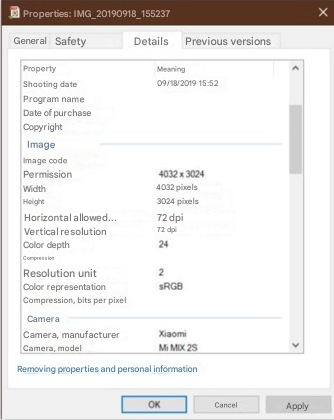
- Look for alternatives. Today, basic tools for verifying photo authenticity are available to every internet user. If you doubt the credibility of an image, you can use “reverse image search” in any search engine. In most cases, the search will provide the original photo, helping you determine whether the content has been fabricated.

- Apply critical thinking. Don’t forget basic media literacy skills and the importance of thorough cross-verification. Ask yourself the following questions:
1) Who might benefit from such content? Try to identify potential motives behind the manipulation — whether political influence, commercial gain, or ideological propaganda.
2) Has it been published before? This is especially important in an era when old photos and videos are often passed off as breaking news. Such analysis helps expose outright fakes, recycled materials, or deliberately decontextualized information.
3) What do other sources say? Is the information consistent across different publications? If the information is credible, it will likely be confirmed by multiple independent and reputable sources. This step is crucial for identifying discrepancies in interpretations, one-sided narratives, or outright false claims.
Photo manipulation has undoubtedly had a significant impact on our perception of reality. While it offers vast opportunities for creativity and self-expression, it also carries risks of misinformation, erosion of trust, and negative psychological effects.
Recognizing these consequences and honing critical thinking are key to distinguishing authenticity from manipulation in the images we encounter daily. It’s important to remember that behind every edited photo lies a choice — one that can have far-reaching implications.